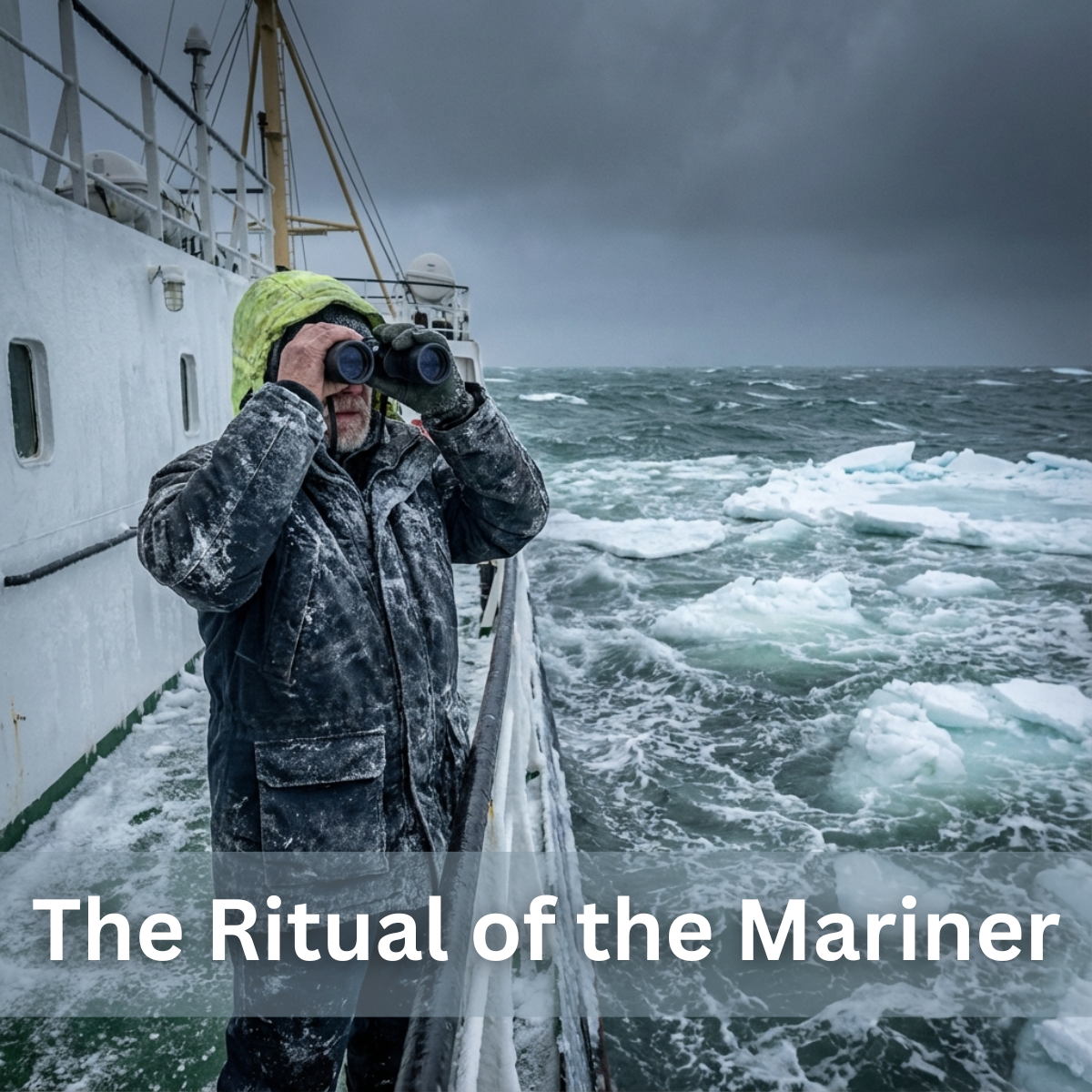When you are anchored in the ocean, even in shallower water, the Captain of a vessel always has a concern in the back of their mind that they could set adrift. Their anchor could drag, they may have thought they had a well buried anchor only to find it dislodged by a swell and they slowly find themselves drifting more inland or closer to another craft or obstruction. No worthy sea captain ever sleeps well when at anchor. Even in the dead of night, little motion in the waters, they will occasionally look at a landmark and check to make sure that they are still in alignment with whatever object they spied earlier that morning.
When you take vessel to a distant port, you will always seek to either rent or register to use a secured and permanent mooring. This sets the captain’s mind at ease. Now, the captain will check and double check its connection to the moorings, but this is finally where a Captain may leave the vessel or take a break and catch some much needed rest. A permanent mooring is always something you come back to.
Once you find a great place to moor a ship, you will frequently come back and find respite. You will venture out, but you will come back. You will tie off, having arrived once again in safe harbor. Such it is with the Captain of a vessel and so it goes in your own life. However, here is a perplexing question.
How secure is your mooring? You trust the ones that have been put into others, perhaps a little too much. You may have set a mooring with little foundation or a poor connection to the ocean floor. You may not have safe harbor at all. Your mooring could simply be a false sense of security. When we create a base core set of habits and routines this is exactly what we are doing. Creating our mooring point.
What is yours? When all is done and all has failed or your day turns to crap, what is it you bring your vessel home to? Is your worst still good? When your worst day is still a productive day, then you know you have good mooring.
Guy Reams



